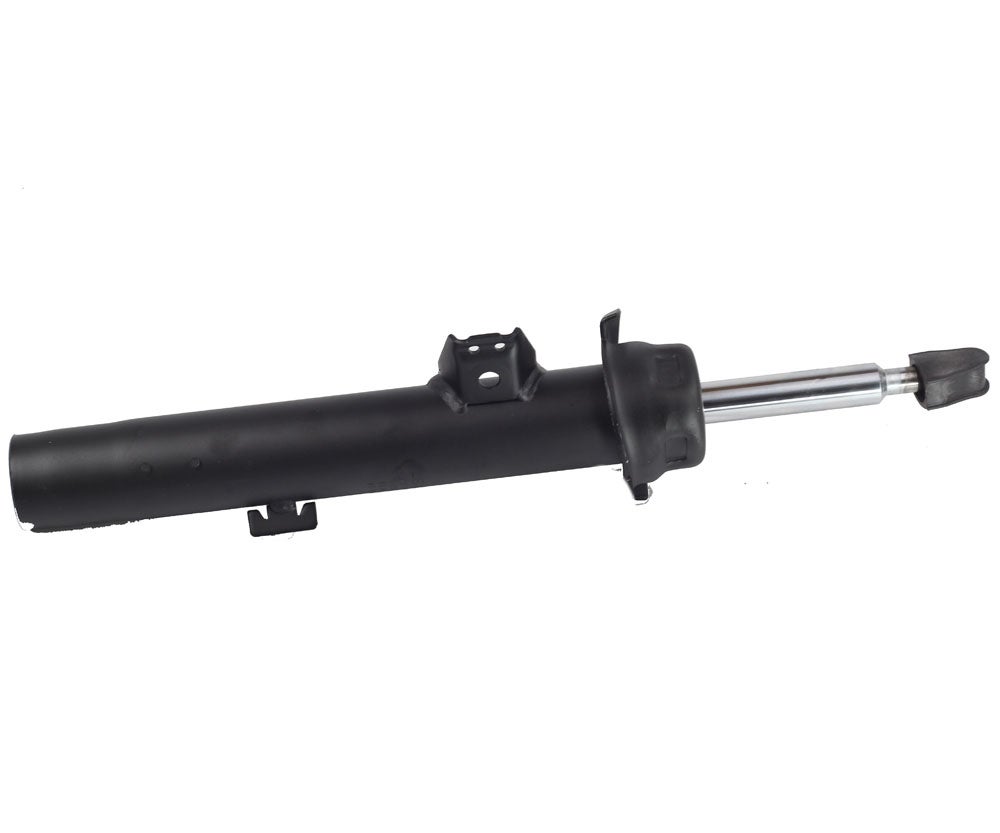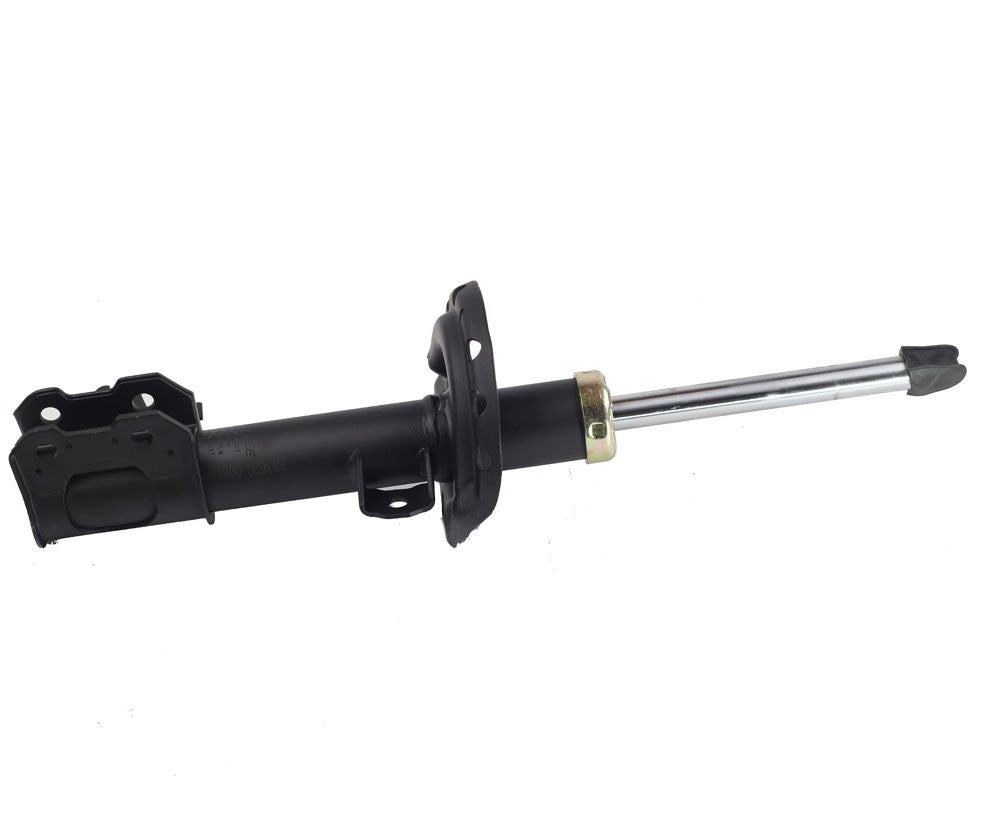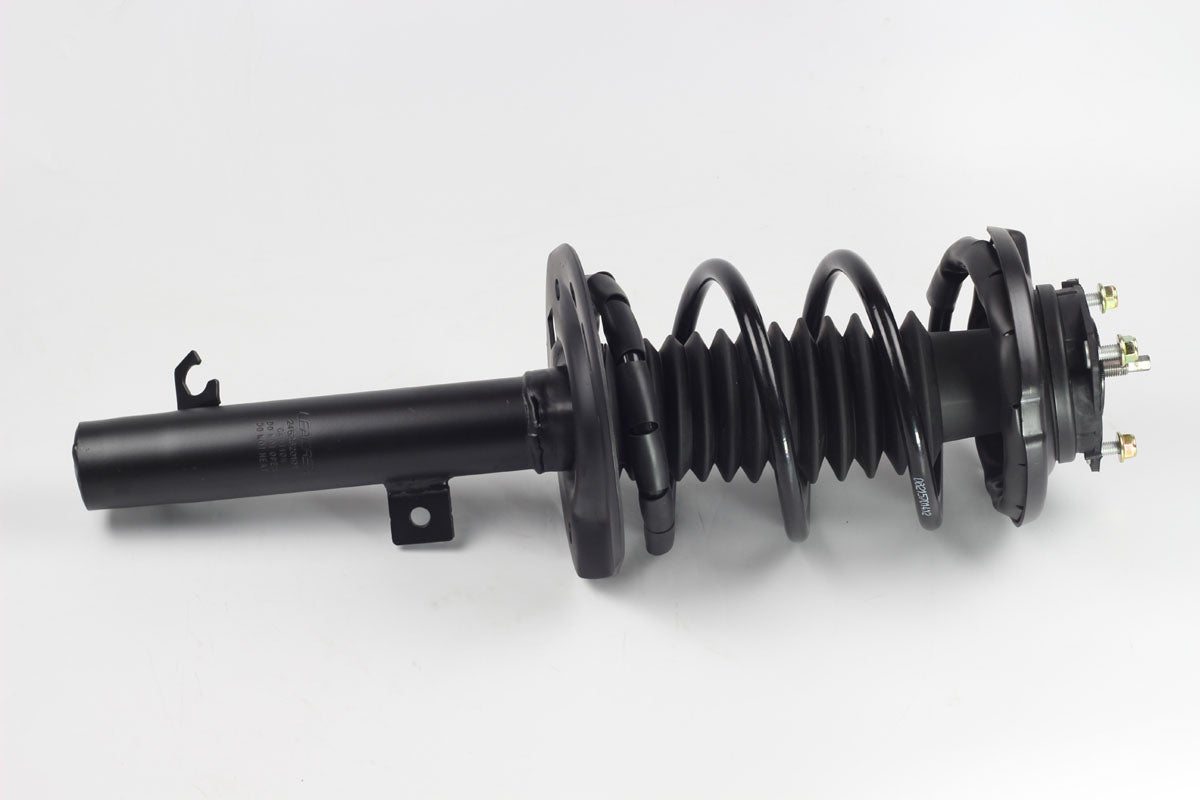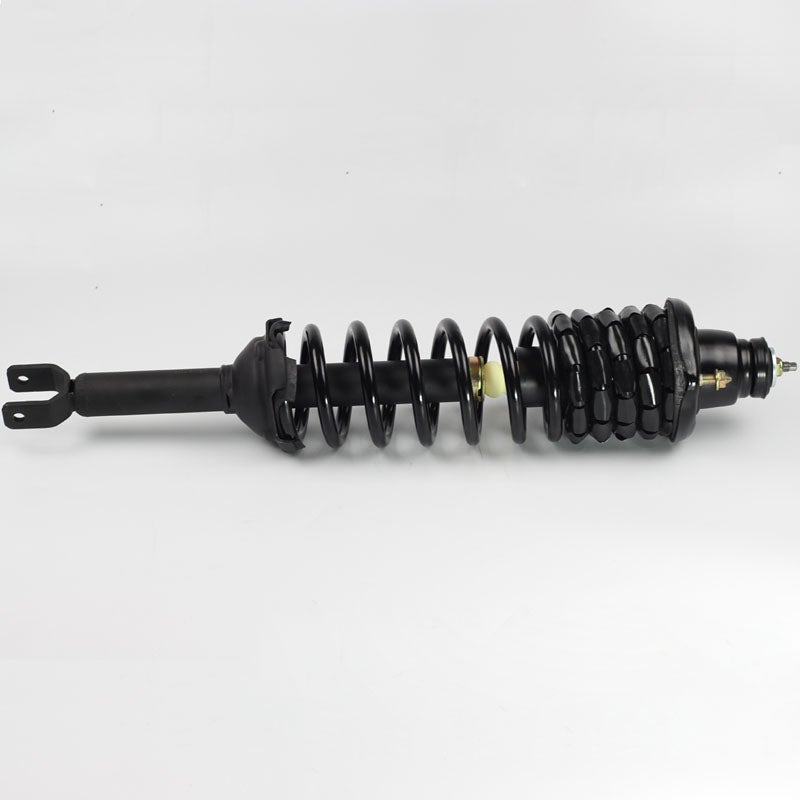On:
Vehicle owners should keep their vehicles in proper working order to ensure safety and minimize maintenance expenses. This process includes making sure vehicle shocks work properly. Shocks that don’t work adequately or need replacement can equate to an uncomfortable ride, or even a loss of vehicle control, and could eventually lead to vehicle damage. If the shocks show signs of extensive wear, such as the vehicle bouncing upon stopping, or tires that are worn on the outside as opposed to the middle of the tire, it is time to replace or repair the shocks.
When replacing shocks, vehicle owners should seek the help of an automotive specialist if they don’t feel confident in doing the task themselves. If they decide to replace the shocks, owners should make sure they have the correct replacement shock. Also when replacing shocks, it is better to replace both shocks at the same time, as the other shock will be weaker than the new shock and could cause unevenness over time.
Types of Shocks
Vehicle owners can choose from a variety of shocks for their vehicle. All shocks work along the same principle. They dampen the shock created by driving over a bumpy road surface by absorbing kinetic energy into the oil, springs, or air contained within a shock absorber. The following table lists the different types of shocks available, including pneumatic, coil spring, and gas-charged, as well as how they work.




Shock Type | Description |
|---|---|
Pneumatic shocks use air as the primary source of dampening the shock from the road; a sensor monitors the air pressure within the reservoir and turns on a compressor to fill it when low
| |
A coil spring shock combines a shock absorber with a spring coil; some coilovers allow for the adjustment of ride height
| |
Filled with hydraulic fluid and charged with nitrogen gas; prevents oil from foaming which can reduce dampening power
|
Vehicle owners should not mix and match shock types. If replacing all of the shocks at the same time, it is okay to switch to a different type of shock if desired.
How Shocks Work
A shock absorber works through the use of either a fluid, air, or spring that helps dampen the kinetic energy imparted to a vehicle as it travels over the surface of the road or ground. How this energy is dampened largely depends on the type of shock absorber used. A gas-charged shock absorbs the kinetic energy into the oil used in the shock which is converted to heat which is then dissipated from the shock. The gas in a gas-charged shock is added to prevent the oil from foaming; however, some say this design is not as effective in the dampening effect.
Shocks filled with air, or pneumatic shocks, dissipate the energy imparted to them into the air of the shock. The transfer of energy is sometimes accomplished via a piston that extends into the housing of the shock, which contains the fluid or air. In some cases, there are additional shock absorbing properties gained through the use of springs that are a part of the shock assembly. While the springs cannot dissipate energy, only store it, they do assist in the whole dampening process. The action of the shock absorbers, working in conjunction with the torsion bars on the rear axle, help to make a ride in a vehicle smooth and give drivers more control while driving.
Spring Rates
Spring rate is the rate that a spring compresses when weight is applied. When referring to shocks, it plays a large part in determining how hard or soft the spring is when reacting to the shock from the road. Too hard or soft and the spring becomes ineffective. That is why it is important to get the right shock with the correct spring rate for a vehicle. If unsure as to which spring rate matches a vehicle, shoppers should check with an automotive professional for further guidance.
Shocks play a large part in the overall stability of a vehicle. The stiffer, or harder, the shock, the firmer the ride. A harder shock also makes for a rougher ride overall. A softer shock does not dampen the shock from the road as much, causing the vehicle’s tires to bounce and lose contact with the road, lessening vehicle control.
When to Replace Shocks
Shocks typically have a life expectancy based on a certain number of miles. Factors such as the type of driving and road conditions affect the life of a shock. A vehicle owner can test the condition of a vehicle’s shocks by finding a secluded parking lot, accelerating to 10 mph, and hitting the brakes. If the vehicle bounces after coming to a complete stop, then the shocks need replacing.
Vehicle owners can also inspect the shocks, looking for dents in the shock tubes or any leaking oil. A slight oil film on the lower portion of the shock is normal and doesn’t signal a need to replace the shocks. While inspecting the shocks, vehicle owners should also check for loose mounting bolts or a worn mounting bushing.
Make sure to maintain the shocks and replace them when worn. Failure to do so can harm the vehicle suspension and reduce the efficiency of the brakes, the ability of the vehicle to turn corners, and the overall effectiveness of the antilock brake system, as well as reduce the comfort level while driving.
Replacing Shocks
Once a vehicle owner knows that the shocks need replacing, there are two options. An owner can pay an automotive professional to replace the shocks or do it him or herself. If the vehicle owner feels confident enough to replace the shocks, this can save both time and money. The section below includes instructions on how to remove and install shocks on a vehicle. In order to successfully remove and install shocks, vehicle owners need a socket wrench and the appropriate sockets.
Step 1: Find out the type of shock needed. Vehicle owners should replace both of the shocks. If owners choose to upgrade, they should make sure that it is okay to use the new shocks on the vehicle.
Step 2: Elevate the vehicle to gain access to the shocks. This means using safety stands to safely elevate the vehicle. It might also help to remove the front or rear tires to allow better access to the shocks.
Step 3: Find the shock mountings and loosen the hardware using a socket wrench. Also remember to unplug electric shocks; look for a piston rod that spins when removing the upper mount. Anchor the piston rod in place with vice grips.
Step 4: Pry the old shocks out, removing them completely.
Step 5: Before installation, the new shocks might need the air bled out of them. To do this, hold the new shock in the upright position, extend it, turn it around, and then compress it. Do this several times.
Step 6: Follow the installation instructions that come with the new shocks. Vehicle owners should apply a thread-locking compound to the studs to ensure the stability of the shocks’ connections to the vehicle.
Step 2: Elevate the vehicle to gain access to the shocks. This means using safety stands to safely elevate the vehicle. It might also help to remove the front or rear tires to allow better access to the shocks.
Step 3: Find the shock mountings and loosen the hardware using a socket wrench. Also remember to unplug electric shocks; look for a piston rod that spins when removing the upper mount. Anchor the piston rod in place with vice grips.
Step 4: Pry the old shocks out, removing them completely.
Step 5: Before installation, the new shocks might need the air bled out of them. To do this, hold the new shock in the upright position, extend it, turn it around, and then compress it. Do this several times.
Step 6: Follow the installation instructions that come with the new shocks. Vehicle owners should apply a thread-locking compound to the studs to ensure the stability of the shocks’ connections to the vehicle.
Popular Shock Brands
Popular shock brands include Bilstein, KYB, Monore, and LEACREE, among others.
- Bilstein
- Gabriel
- KYB
- Monroe
- LEACREE
Buy Shocks Online with Confidence
Shoppers can quickly and easily find shocks on eBay and Amazon.. Before bidding or making a Best Offer, read the details in the shocks listings, including delivery costs, product quality, money-back guarantees, shipping insurance, and product cost. Ask the seller more questions by clicking the Ask a Question link. Always read the seller’s feedback rating to ensure a positive and secure transaction while shopping on eBay.
Informative post! I appreciate the way you explained it.
回复删除TechXa Auto specializes in repair, service and replacement of AIRMATIC (air-suspension) systems for luxury cars. We handle issues common with air suspension systems from leaks in air struts, faulty compressors or air supply lines, to suspension sagging or malfunctioning height/damping control. Our services extend beyond just diagnostics: they offer full repair or replacement (air struts, compressors, control modules, etc.) using quality or OEM-grade parts. If you need further details, our website has everything clearly explained: airmatic